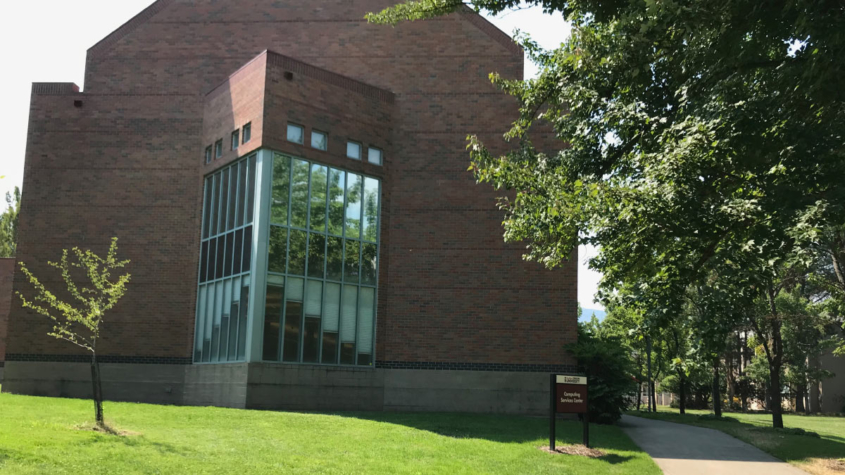SOU’s Boscoe awarded second “tacit knowledge” grant
(Ashland, Ore.) — Bernadette Boscoe, an assistant professor in the Computer Science Department at Southern Oregon University, has been awarded a second grant to fund her study of tacit knowledge in research settings – gathering, storing and retrieving the unspoken practices of academic teams that sometimes are lost when a project is disrupted or ends.
The latest grant, from the National Science Foundation, totals about $164,000 over two years, beginning July 1.
Boscoe received a $250,000 grant last fall from the Alfred P. Sloan Foundation to help fund her creation of a Large Language Model (LLM) of artificial intelligence to archive the protocols of scientific groups researching environmental science at SOU, astronomy at UCLA and violin acoustics at Cornell University. The tacit knowledge archive, if successfully developed, would benefit researchers in those and other academic disciplines by preventing the loss of unstated practices in research labs when participants leave the projects.
Research funded by the NSF grant is closely related to that funded by the Sloan grant, but is focused more on what Boscoe calls “the technical tool-building side” and looks exclusively at astronomy research.
“The Sloan grant is more (about) using three research group spokes and doing an investigation of the tacit knowledge capture,” Boscoe said. “The NSF grant doesn’t look at that – it is more about how we can improve astronomy workflows and tools.”
Boscoe is using Retrieval-Augmented Generation (RAG), an AI framework that pairs an LLM with an information retrieval system to improve accuracy and relevance of resulting data. She is working with SOU computer science graduate Chandler Campbell to build the project’s RAG-LLM tool, called AquiLLM – named after the constellation Aquila.
“Research groups often face challenges managing and accessing work such as paper drafts, research experiments, plots, and meeting notes, especially as these resources grow over time and researchers transition in and out of projects,” an NSF abstract on the project said.
“This project benefits research groups by offering a way to use natural language to ask questions about their data, yielding links to relevant documents.”
Boscoe is a computer and information scientist who builds and researches infrastructures and tools to help domain scientists do their work. She earned a bachelor of fine arts degree in painting from the Pratt Institute in New York, an associate degree in computer science from Northampton Community College in Pennsylvania, a master’s degree in mathematics from California State University-Northridge and a Ph.D. in information science from UCLA.
-SOU-




